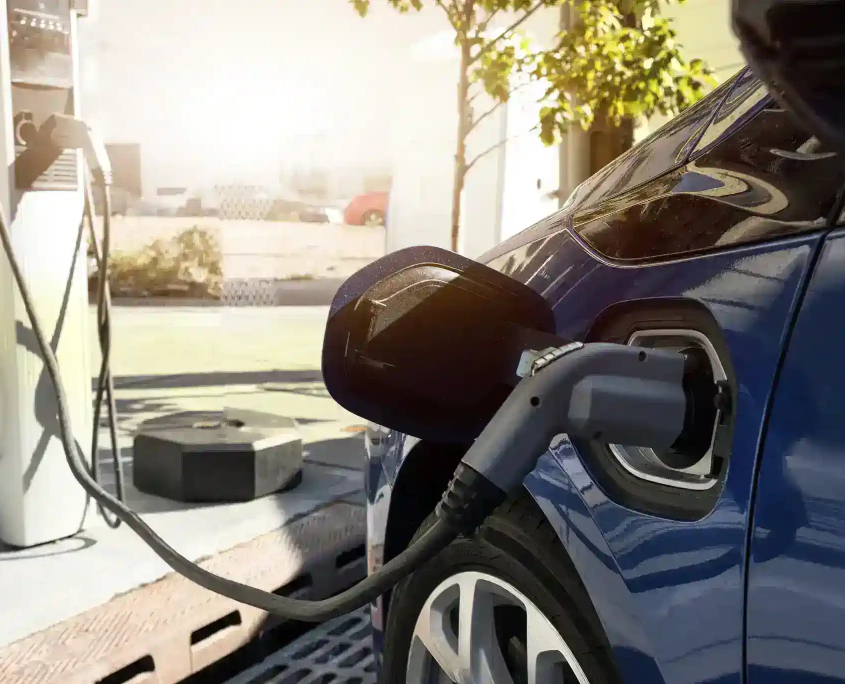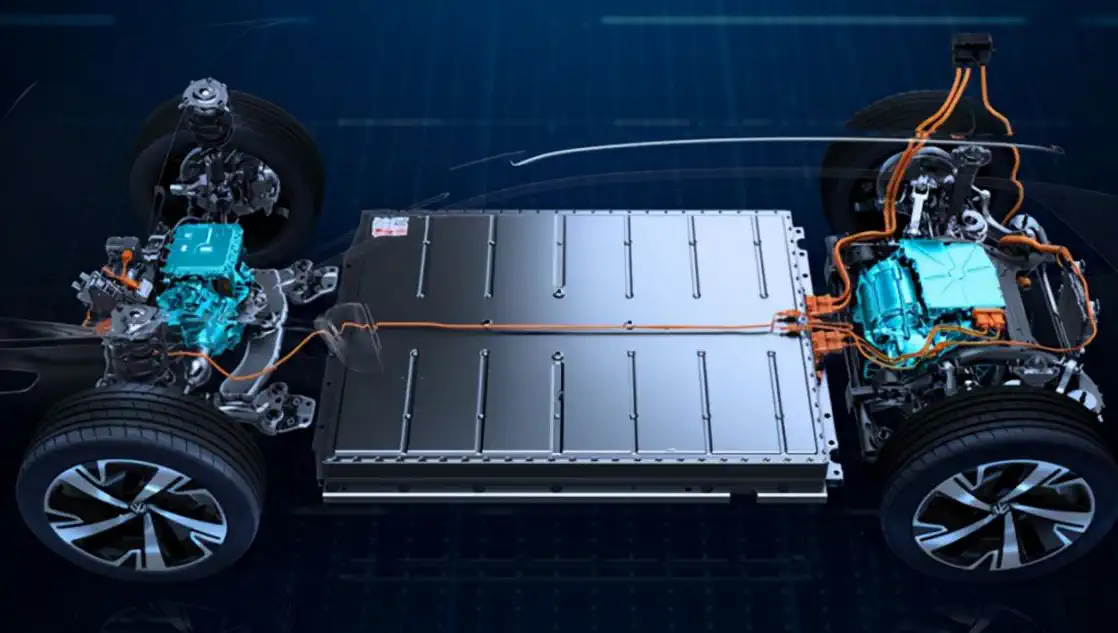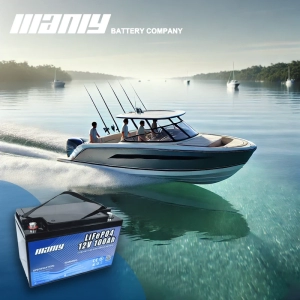Más productos:
AIE: La demanda de vehículos eléctricos aumentará un 35% este año


Tabla de contenido
- AIE: La demanda de vehículos eléctricos aumentará un 35% este año
- 2022 estableció un récord mundial de ventas de vehículos eléctricos y la tendencia persistirá en 2023
- Las políticas sobre vehículos eléctricos avanzan y se acercan más a los objetivos climáticos
- Más consumo y competencia impulsan los vehículos eléctricos asequibles
- El crecimiento de los vehículos eléctricos impulsa la atención hacia la movilidad electrificada
- La intención de vehículos pesados eléctricos aumenta en 2022
AIE: La demanda de vehículos eléctricos aumentará un 35% este año
2022 estableció un récord mundial de ventas de vehículos eléctricos y la tendencia persistirá en 2023
In 2022, over 10 million EVs were sold globally, showing exponential growth in the market. EVs accounted for 14% of all new cars sold in 2022, up from approximately 9% in 2021 and less than 5% in 2020. Three major markets led EV sales globally in 2022. China once again took the lead, with around 60% of worldwide EV sales. Currently, over half of the EVs on the road worldwide are in China. The country has surpassed its own 2025 target for new energy vehicle sales.Europe was the second-largest EV market globally. In 2022, EV sales in Europe grew by over 15%. This means that at least one in every five cars sold was electric. The U.S. was the third-largest market, with a 55% increase in EV sales in 2022, accounting for 8% of the car market.In 2023, EV sales trends are expected to remain strong. In the first quarter, global EV sales exceeded 2.3 million units, around 25% more than the same period last year. According to the International Energy Agency, by the end of 2023, global EV sales will reach 14 million, a year-on-year increase of 35%. EV purchases will likely accelerate in the second half of 2023, and EV sales may account for 18% of total car sales globally.Encouraging signs are emerging in the global EV market, although on a small scale. Outside the three major sales markets of China, Europe, and the U.S., EV sales are generally low, but increased in India, Thailand, and Indonesia in 2022. Compared to 2021, these countries' combined EV sales doubled to 80,000 units. In 2022, EVs accounted for just over 3% of car sales in Thailand, while the average share in India and Indonesia last year was around 1.5%.Policies and incentives from various countries will boost EV sales, and the extremely high oil prices, comparable to last year, may further drive potential buyers.
Las políticas sobre vehículos eléctricos avanzan y se acercan más a los objetivos climáticos
With the support of industry policies and market trends, the future of EV sales looks bright. According to the International Energy Agency's base policy scenario (STEPS), based on current policies and firm goals, the global share of EV sales will increase to 35% by 2030, up from less than 25%.Under the current policy environment, the forecast demand for electric vehicles will have a profound impact on the energy market and climate goals. Based on existing policies, in the International Energy Agency's base policy scenario, the oil demand for road transport is expected to peak around 2025. By 2030, the oil replaced by EVs will exceed 5 million barrels per day, and the use of EVs can reduce carbon dioxide equivalent emissions by about 700 million tons.Both the EU and the U.S. have passed relevant legislation to match their ambitions for electrification. The EU has adopted new CO2 standards for cars and trucks consistent with the 2030 targets in the "Fit for 55" package. The U.S., due to the Inflation Reduction Act (IRA) and some states adopting the "California Advanced Clean Cars II" rules, EVs may account for half of the market share in 2030, consistent with national goals. The implementation of the recent emission standards proposed by the U.S. Environmental Protection Agency will further increase this share.Given the bright prospects for EVs, producción de bateríasse esta expandiendo. Para marzo de 2023, la capacidad de producción de baterías prometida para su entrega en 2030 será suficiente para satisfacer la demanda establecida por los compromisos gubernamentales, e incluso la demanda de vehículos eléctricos en un escenario de emisiones netas cero para 2050. En consecuencia, la cuota de ventas de vehículos eléctricos bien podría aumentar. exceder las predicciones basadas en las políticas gubernamentales actuales y los objetivos nacionales.Más consumo y competencia impulsan los vehículos eléctricos asequibles
In 2022, global EV spending surpassed $425 billion, a 50% increase from 2021. Government spending only accounted for 10% of this, the rest came from consumers. Investors also remained confident in EVs, as stocks of EV-related companies have consistently outperformed traditional car manufacturers since 2019. In 2022, venture capital for start-ups developing EVs and battery technologies flourished, reaching nearly $2.1 billion, a 30% increase from 2021. Investments in batteries and key minerals are also increasing.In 2022, most buyers chose sport utility vehicles (SUVs) and large cars. In China and Europe, these vehicles accounted for 60% of all-electric cars, and even more in the U.S., mirroring the trend in the fossil-fuel car market. In 2022, CO2 emissions from SUVs powered by fossil fuels exceeded 1 million tons, much higher than the 80 million tons from EVs. Electric SUVs usually have batteries two to three times larger than those of smaller cars, meaning more key minerals are needed. In 2022, electric SUVs displaced over 150,000 barrels of oil per day, avoiding corresponding tailpipe emissions.The competition in the EV market is intensifying. More and more new entrants are coming in, primarily from China and some other emerging markets, offering more affordable models. Existing major car manufacturers are also ambitious, especially in Europe, where there were significant moves in the EV space in 2022-2023: fully electric fleets, cheaper cars, more investment, and vertical integration with battery manufacturing and key minerals.Consumers have more EV options. In 2022, the number of available EV models reached 500, at least double from 2018. However, original equipment manufacturers (OEMs) outside of China need to provide more affordable, competitively priced options to encourage more widespread adoption and use of EVs. Today, the number of available EV models and styles is still far lower than that of fossil fuel cars on the market, but the latter's model count has been steadily declining since peaking around 2015.




















